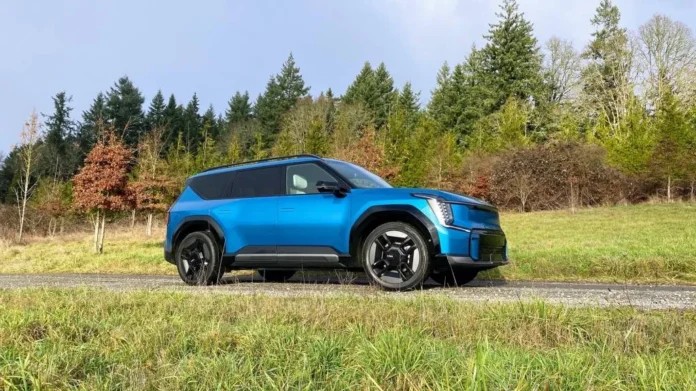Canary Media’s Electrified Life column shares real-world tales, tips, and insights to demystify what individuals can do to shift their homes and lives to clean electric power. Canary thanks EnergySage for its support of the column.
The home inspection report painted a pretty bleak picture. We were about to close on a charming 1940 colonial, but it turned out that most of the appliances that came with it needed replacement.
The water heater was not long for this world, the AC was busted, and the sump pump was shot. One bright spot was the cast-iron gas-fired boiler. Estimated by our home inspector to be about 50 years old, it had been built to last. Inefficient, yes, but it could be depended on to keep us warm. This was welcome news, since it was December and winter nights here in New York’s Hudson Valley routinely plunge into the teens.
But our reliable old gas-fired boiler did come with costs.
The steepest one was financial: Our first gas bill for the house, in the winter of 2023, was over $600. And that was before we’d even lived in our new house full time — for the most part, we had just been setting the thermostat high enough to prevent our pipes from freezing.
More disturbing was the toll our fossil-gas-burning boiler — and the millions of others like it across the U.S. — was taking on the climate. Home heating creates a significant chunk of U.S. carbon emissions, and though gas is cleaner than oil, it’s hardly a sustainable option for the planet.
We weren’t thrilled about the potential health risks either. Gas heating emits lots of nitrogen oxide, a pollutant that creates smog and is harmful to inhale. In addition, an inspection of the boiler’s chimney flue revealed that it was lined with a porous material — concrete — meaning there was a chance carbon monoxide could seep through it and into our basement. The quote for fixing that problem was about $4,000. Perfect. Just what we wanted to hear.
There was one clear path forward, for our finances, the climate, and our health: We had to get an electric heat pump, a reversible air-conditioner that can both heat and cool a home. And it’s a path that all 140 million U.S. homes will need to go down over the coming decades if we’re going to successfully quit using fossil fuels.
I’m happy to say that as of this August, we’re officially heat pump owners. But the process was not as smooth as we expected. Here are the biggest lessons I learned along the way.
Getting an energy audit is worth it
Alison F. Takemura, who usually writes this column, has detailed the many good reasons to get a home energy audit. I’ll add one more to the list: Sometimes an energy audit tells you exactly what you want to hear.
That was the case with our free, state-funded energy audit, which was conducted in March 2023. It took a few months to get the results back, but when they came in, the recommendation was crystal clear: We could save 50 percent on our annual energy bills by switching to an efficient heat pump.
We already knew that getting a heat pump would benefit the planet. But the energy audit also helped give us peace of mind that the major investment we were about to make would pay off financially.
Figuring out how to tap into incentive programs can be a slog, but it pays off
My experience with New York’s low-interest loan program for electrification projects was more complicated.
We were excited to learn that New York’s Residential Financing Program offers rates as low as 3.49 percent for solar, heat pump, and energy efficiency projects. It’s a really, really good deal, and it made getting a heat pump far more affordable. A local installer offered us a nearly 10 percent interest rate.
New York’s not the only state that offers below-market loans for heat pumps. Look through the Database of State Incentives for Renewables & Efficiency to find programs from your state. Check in with your town or local utility too, both of which may offer loans or rebates of their own. Oh, and don’t forget to claim the federal heat pump tax credit.
Using New York’s program meant we had to work with a contractor from a state list of pre-vetted companies — and none were available in our area.
So I called a few local installers, got quotes, and told them our situation: We were ready to buy a heat pump, but only if we could use our state loan. If they were willing to submit the paperwork necessary to get on New York’s contractor list for this program, they’d have our business. One said yes. That was in September 2023.
Source link by Canary Media
Author Dan McCarthy
#heat #pump #effort #Heres #learned







